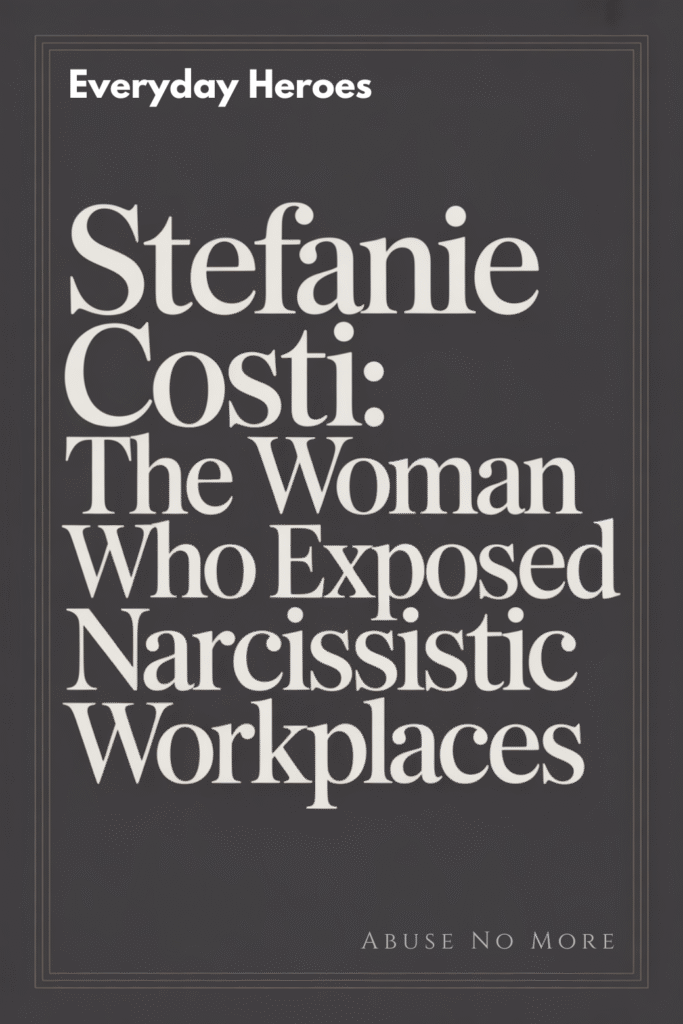Now Reading: When the Narcissist Is You (or Thinks You Are): Managing Accusations and Misunderstandings
- 01
When the Narcissist Is You (or Thinks You Are): Managing Accusations and Misunderstandings

When the Narcissist Is You (or Thinks You Are): Managing Accusations and Misunderstandings
🪞“Wait… Am I the Problem?”
This one hits hard.
You set a boundary — they say you’re cold.
You speak up — they say you’re aggressive.
You go silent — they say you’re manipulating.
And the ultimate twist?
You, the actual victim of narcissistic abuse… get labeled the narcissist.
It’s more common than people realize. Narcissists are projection pros — and when they feel exposed or threatened, they flip the script fast. It’s emotional identity theft.
Let’s use the IMC Method™ to sort fact from fiction, keep your integrity intact, and stop carrying shame that doesn’t belong to you.
🧠 Why This Happens (Spoiler: It’s Not You)
Narcissists don’t want accountability — they want control. So when you start:
- Setting limits
- Asking questions
- Holding them to their own words
- Getting positive attention elsewhere…
They feel threatened. And that’s when the projection starts.
You might hear:
- “You’re so controlling.” (Translation: “You stopped letting me manipulate you.”)
- “You only care about yourself.” (Translation: “You’re finally prioritizing your needs.”)
- “You’re toxic to this team.” (Translation: “I’ve been whispering lies about you for weeks.”)
📎 Real talk:
Calling someone a narcissist doesn’t mean they are one. It means the speaker is trying to control the narrative.
🎯 IMC STEP 1: IDENTIFY
Is this projection, or do I have work to do?
You’re not afraid of self-reflection — and that’s the difference. A true narcissist doesn’t ask, “Could I be the problem?”
But it’s smart to pause and ask honestly:
- Am I consistently seeking power, admiration, or superiority over others?
- Do I weaponize people’s vulnerabilities?
- Do I manipulate outcomes to protect my image?
If the answer is no — then this isn’t your identity. It’s their projection.
📎 Example:
“I was labeled ‘difficult’ after I started asking for clear expectations. I worried I was being combative — until I realized the goalposts kept moving.”
🧯 IMC STEP 2: MINIMIZE
How do I stop this narrative from spreading?
The key here is to stay calm, clear, and unbothered. You don’t need to argue. You need to outlast the smear with consistency and receipts.
Tools for defusing accusations:
- Document everything. Meetings, feedback, any contradictory behavior.
- Use “forward focus” language. Don’t dwell on the drama — focus on the work.
- Don’t match their intensity. Let them be loud. You be steady.
- Avoid venting to shared contacts. They might be on the narcissist’s relay team.
- Reinforce your patterns. Narcissists count on you spiraling. Consistency kills spin.
📎 Example:
“When a coworker implied I was manipulative, I didn’t defend myself. I just kept doing excellent work and copied leadership on all key decisions. The narrative fell apart on its own.”
🛡️ IMC STEP 3: CONTROL
How do I reclaim my narrative — and protect it from distortion?
This is about response, not reaction. You don’t need to fight fire with fire. You need to walk through the fire without flinching.
Strategic power moves:
- Create allies who’ve seen your work and your character. Don’t wait until it’s urgent. Build your credibility consistently.
- Define your own values. What kind of communicator are you? Leader? Team member? Root in that — not in others’ opinions.
- Correct misinformation once — and move on. Endless justifying signals guilt. Calm truth signals confidence.
- Exit if the smear becomes systemic. Sometimes the house is too full of smoke to breathe. Get out before it burns you.
📎 Example:
“When I was accused of being cold, I quietly asked my coworkers if they’d ever felt that way. They hadn’t — and they started seeing through the gossip too.”
🔄 What Narcissistic Projection Really Sounds Like
| What they say | What they mean |
|---|---|
| “You’re making this all about you.” | “You stopped making it all about me.” |
| “You’re being dramatic.” | “You’re showing emotion I can’t control.” |
| “You’re gaslighting me.” | “I hate that you’re pointing out the truth.” |
| “You’re the toxic one.” | “You’ve stopped accepting my toxicity.” |
👥 What If You Start Worrying You’re the Narcissist?
Because survivors often carry internalized abuse, it’s normal to wonder:
“Am I the narcissist?”
Here’s the truth:
If you’re losing sleep over the impact you had on someone?
If you’re actively trying to grow and communicate better?
If you’re terrified of becoming like them?
You’re not the narcissist. You’re the one who got hurt.
Don’t let their label become your identity.
💬 Scripts for Smear-Repellent Communication
When accused vaguely:
- “I’d like to understand where that’s coming from. Can you be specific?”
- “I’m open to feedback — as long as it’s about behavior, not character.”
When confronting false rumors:
- “If anyone has concerns about me, I’d prefer they bring it directly.”
- “There’s a difference between setting boundaries and being controlling. I stand by my decision.”
When setting your record straight:
- “My focus is on outcomes and clarity — not drama. That’s what I bring to this team.”
🧠 Your IMC Identity Rescue Plan
| Phase | Goal | Action |
|---|---|---|
| IDENTIFY | Separate lies from introspection | Honest gut-check |
| MINIMIZE | Block the smear from spreading | Stay factual and neutral |
| CONTROL | Reclaim your narrative | Build trust, visibility, and truth-based alliances |
🧠 Trust Anchor for Your Notes App
“A narcissist won’t fear being exposed as abusive.
But a survivor will fear being seen as abusive — because they actually care.”
💥 Final Word
Being labeled “the narcissist” by a real narcissist isn’t a coincidence — it’s a tactic.
It’s the last trick in their playbook when you stop playing their game.
It’s fear dressed up as deflection.
It’s projection trying to plant itself in your skin.
Don’t wear it.
Don’t defend it.
Don’t believe it.
You know who you are.
And with the IMC Method™ in your back pocket, you won’t just survive — you’ll silence the smear with receipts and self-trust.















